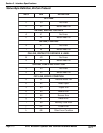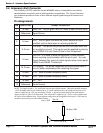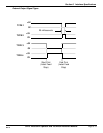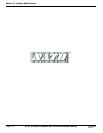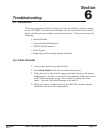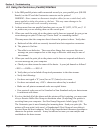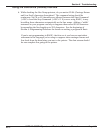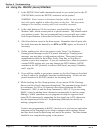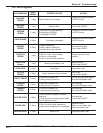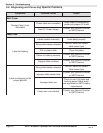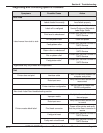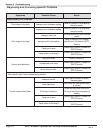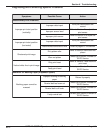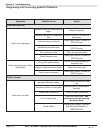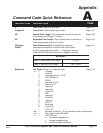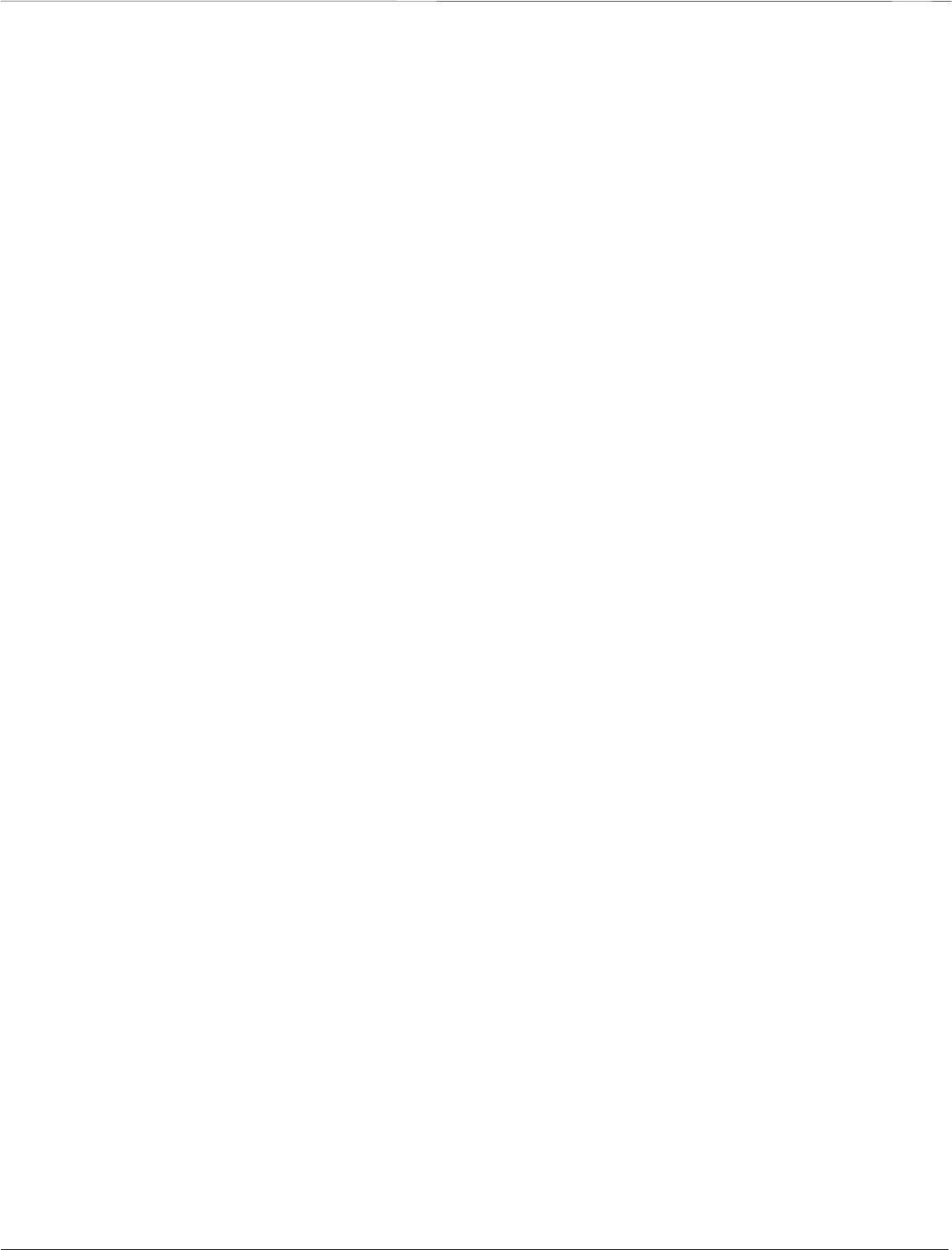
SATO M-5900RV Operator and Technical Reference ManualPage 6-4
Section 6. Troubleshooting
PN 9001081
Rev. C
6.4 Using the RS232C (Serial) Interface
1. Is the RS232C Serial cable command securely to your serial port on the PC
(DB-25S Male) and to the RS232C connector on the printer?
WARNING: Never connect or disconnect interface cables (or use a switch
box) with power applied to either the printer or the host. This may cause
damage to the interface circuitry and is not covered by warranty.
2. Is the cable defective? At the very least, you should be using a "Null
Modem Cable" which crosses pins in a specific manner. This should enable
your printer to print. But we recommend that you eventually use a cable
built to specifications as described in Section 5: Interface Specifications.
3. Check for obvious errors in the data stream. Remember that all print jobs
for serial data must be framed by an STX and ETX. Again, see Section 5 if
necessary.
4. If after sending your job to the printer it only "beeps" (or displays a
Framing Error message on the LCD panel) indicating a "framing error"
message, you may have a configuration problem. There may be some
inconsistencies with the Baud Rate, Parity, Data Bits, or Stop Bits in
relation to your host computer. If you are confused as to what the printer's
current RS232 settings are, you may choose the SATO defaults (all DIP
switches in the OFF position) to achieve 9600 baud, no parity, 8 databits,
and 1 stop bit.
5. If you still are unable to get printer output, try the Hex Dump as described
in Step 5 under the Centronics Interface troubleshooting. In this case the
printer monitors its RS232C interface for incoming data.
6. While checking the Hex Dump printout, do you notice 0D 0A (Carriage
Return and Line Feed) characters throughout? The command string should
be continuous. No CR or LF characters are allowed between the Start
Command (<ESC>A and the Stop Command (<ESC>Z. If you are using
BASIC, it may be adding these characters automatically as the line wraps.
Adding a "width" statement to your program can help to suppress these
extra 0D 0A characters by expanding the line length up to 255 characters.
See the beginning of Section 4: Programming Reference for details on
writing a program in Basic.
If you're not programming in BASIC, check to see it you have an equivalent
statement in the language you're using to suppress extra carriage returns
and line feeds from the data being sent out to the printer. The data stream
should be one complete line going to the printer.



